Study about the Instrumentation Standards Questions & Answers. Get Ready for the Instrumentation technical interview round.
Instrumentation Standards Questions and Answers
Questions & Answers on Ingress Protection
What does IP stand for?
IP is an acronym for Ingress Protection
Why is Ingress Protection Important?
Liquid and/or solid particle ingress into electrical equipment may not only be harmful to the equipment, it may also be dangerous to the operator.
Therefore when buying electrical equipment whether it be an electric motor, a light fitting or an enclosure, it is essential to know what degree of ingress protection the item offers.
So how is Ingress Protection quoted?
An “IP” number, or as it is commonly known, an IP rating is used to specify the environmental protection offered.
The IP rating is composed of two numbers, the first referring to the protection against solid object ingress and the second against liquid ingress. The higher the number the better the protection.
Are there standards covering IP ratings?
The applicable European standards for ingress protection are:
- BS EN 60529 Specification of Degrees of Protection Provided by Enclosures
- IEC 529 Specification of Degrees of Protection Provided by Enclosures
What do they use outside Europe?
In North America, the NEMA classification is used. NEMA (National Electrical Manufacturers Association) is a US trade association representing the interests of electroindustry manufacturers of products used in the generation, transmission and distribution, control, and end-use of electricity.
How does the IP and NEMA systems compare?
The IEC and NEMA degrees of protection can not be fully compared as equivalent ratings.
The NEMA Standard includes tests for environmental conditions such as mechanical damage, corrosion, rusting, ice formation, etc.
However the follwoing table can be used as a guide
Does NEMA produce standards?
NEMA Standard Publication 250 and UL 40 Standard Publication both provide further information on ingress protection ratings used in the US.
Questions & Answers on ATEX Standards
What is Atex?
ATEX is the common name given to the EU directive 94/9/EC, Equipment and Protective Systems intended for use in Potentially Explosive Atmospheres.
The word ATEX is derived from the French “ATmospheres EXplosibles”.
What is the intent of the ATEX Directive?
To enable the free trading of ATEX products within the European Economic Area by removing the need for separate documentation and testing for each individual European market.
Manufacturers may use a single CE mark on their products to show compliance with this (and any other relevant) Directive.
What does ATEX apply to?
The ATEX directive applies to both electrical and mechanical equipment intended for use in potentially explosive atmospheres.
These include:
- equipment and protective systems for use within potentially explosive atmospheres;
- devices for use outside potentially explosive atmospheres, but which are required for, or contribute to the safe functioning of equipment and protective systems located inside such atmospheres; and
- components relating to the above.
To what industries does ATEX apply?
ATEX applies to any industrial location where there is a potential for an explosive atmosphere to exist.
e.g. mines, factories, agricultural silos, oil and gas platforms, water and other chemical processing environments.
To whom does ATEX apply?
If you design, manufacture or sell any equipment or protective system intended for use in potentially explosive atmospheres within the EU, then you will need to comply with the ATEX Directive 94/9/EC.
How do I know if a product complies with ATEX?
The ATEX Directive sets a number of technical and quality objectives that must be complied with to the satisfaction of a notified body, but once these have been met, a manufacturer can mark his product with a CE Mark and is entitled to display the distinctive Ex mark.
What other marking can be shown?
The following marking should be shown on all ATEX compliant equipment.
- CE Mark
- Ex-marking symbol followed by ATEX data
- Name and address of manufacturer
- Series or type, serial number
- Year of construction
- All further information essential to the safe use
Marking, especially on small components can be an issue.
Show me an example of the CE, EX and Atex data marking
9876
II 2 G
What does the ATEX data mean?
The ATEX Directive identifies two groups of equipment.
Group 1 equipment is intended for use in mining applications. Divided into categories M1 and M2. M1 identifies equipment that must continue to operate when a potentially explosive atmosphere is present. M2 identifies equipment that does not operate when a potentially explosive atmosphere is present.
Group 2 is intended for all other situations. Divided into categories 1,2 and 3. Category 1 equipment is intended for use in Zone O situations. Category 2 equipment is intended for use in Zone 1 situations. Category 3 equipment is intended for use in Zone 2 situations.
What are Zones?
Zoned areas are areas where there is a risk of flammable material being released to atmosphere.
The subscripts 0, 1 and 2 describe the probability of a flammable material being released to atmosphere in explosive concentrations.
And the G?
- G means the item has been tested for potentially explosive atmospheres due to the presence of gas
- D means the item has been tested for potentially explosive atmospheres due to the presence of dust.
Questions & Answers on CE Markings
What is CE marking?
CE marking identifies a product as conforming to European Directives. When a manufacturer affixes a CE mark to their product they are declaring compliance with ALL RELEVANT European Directives.
When did the CE mark start to be used?
CE marking for instruments began on the 1st of January 1996. From then a CE mark must be carried by all electronic equipment sold within the European Economic Area. The regulations do not apply retrospectively.
What does a CE mark look like?
The mark is shown in the top left hand corner of this page. This is usually stamped on to the manufacturers name plate.
What European Directives are relevant to Instrumentation?
- 89/336/EEC (modified by 92/31/EEC, and 93/68/EEC), The Electromagnetic Compatibility Directive (from Jan 96)
- 72/23/EEC (modified by 93/68/EEC), The Low Voltage Directive (from Jan 97)
- 97/23/EC, The Pressure Equipment Directive, known as PED (from May 2002)
- 94/9/EC, Equipment and Protective Systems Intended for use in Potentially Explosive Atmospheres, known as ATEX (from 1/7/2003)
Which countries demand a CE mark?
All 27 member countries of the European Union (EU), and the 3 member countries of EFTA (European Free Trade Association) consider it to be mandatory. It is estimated that around 70% of all products sold in these countries require to be marked.
CE Marking obtained from one EU country is valid in all other EU count ires, and in the EFTA countries. It permits free movement of the product within all 28 countries.
Who belongs to the European Union?
Austria, Belgium, Bulgaria, Cyprus, Czech Republic, Denmark, Estonia, Finland, France, Germany, Greece, Holland, Hungary, Ireland, Italy, Latvia, Lithuania, Luxembourg, Malta, Poland, Portugal, Romania, Slovakia, Slovenia, Spain, Sweden, United Kingdom
Who belongs to EFTA ?
As of February 2005; Iceland, Liechtenstein, Norway and Switzerland
Who Ensures Compliance?
The law applies to the manufacturer, importer, supplier and the customer.
It is an offence to supply a product, which is not CE marked, regardless of where it is made. Therefore the manufacturer, importer and supplier must ensure products are CE marked.
It is also an offence to use unmarked products. Therefore the purchaser must ensure products are CE marked.
The relevant regulatory body in the country concerned is charged with enforcing the law. In the UK this falls to the trading standards department of local authorities.
What about spare parts?
Components with no intrinsic function e.g. a circuit board do not require a CE mark.
However, an instrument that is a spare part for a compressor package would require to be marked (assuming that one or more of the directives mentioned above apply)
Questions & Answers on Hazards
What is Zone Classification in Hazards Location ?
Zone means something different depending on whether you are in North America, in Europe, or elsewhere in the world.
Each individual country may have its own unique electrical codes that place different requirements on the equipment in the hazardous area. We generally receive requests for installation equipment in one of four main types of Zone classified hazardous areas:
- Class I/II, Zone 1 and 2
- ATEX Class I/II, Zone 1 and 2
- ATEX Zone 1/21 and 2/22
- IECEx Zone 1/21 and 2/22
What is the hazard?
Gas and dust behave differently to create explosive environments.
Where will this equipment be installed?
- The Class and Zone (AEx Class) systems are part of the North American standards
- The ATEX system is the European standard
- The IECEx system is the International Electric Code standard
A system that is Zone certified for North America or ATEX may not be acceptable for installation in Australia. If the system is certified for IECEx Zones, it may not be acceptable for installation in a facility in the United States. The authority having jurisdiction determines which of these is required for your installation.
There are actually two ways equipment can be certified in North America. Both come from section 505 of the National Electric Code (NEC), and each has its own marking for a certified system. NEC 505 lists the requirements for Class and Zone hazardous areas. According to NEC 505.9(C)(2), a system built and certified to the standards spelled out in NEC 505 requires a specific marking:
Example 1:
Class I, Zone (1 or 2), AEx Protection Designation (e, ia, px, etc.) Gas Group (IIC, IIB, IIA) Temperature Classification (T1-T6)
Interestingly, according to NEC 505.9(C)(1), a system that is built and certified for Class I, Division 1 can be installed in a Class I, Zone 1 area, and a Class I, Division 2 certified system can be installed in a Class I, Zone 2 area. In this case, the system is required to have a different marking:
Example 2:
Class I, Zone (1 or 2), Gas Group (IIC, IIB, IIA) Temperature Classification (T1-T6)
This means that a certified system builder could assemble components with all necessary certifications, and install them in an appropriately rated enclosure to provide a system that is certified for Class and Division as well as the equivalent Class and Zone for North American locations.
If the actual “AEx” mark is not a requirement, this may be a better option. In addition, according to NEC 506.9(C), the same rules apply for Class II areas.
Articles You May Like to Read :
-
Hazardous Area Classification Questions
-
ATEX Standards
-
Instrumentation Engineer Interview Questions & Answers
-
Field Instruments Questions & Answers
-
DCS & Field Interview Questions & Answers
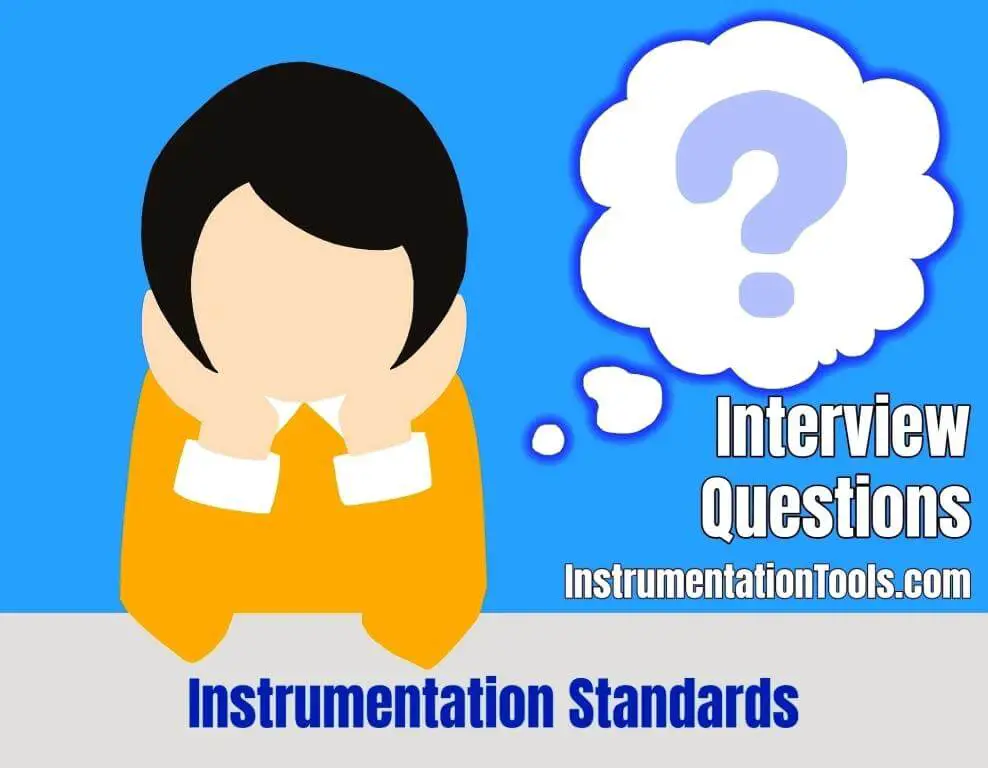
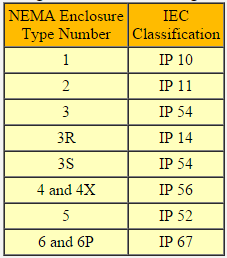
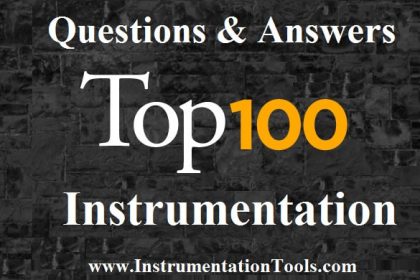




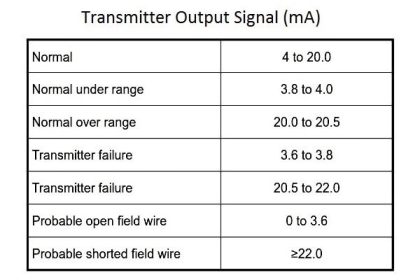

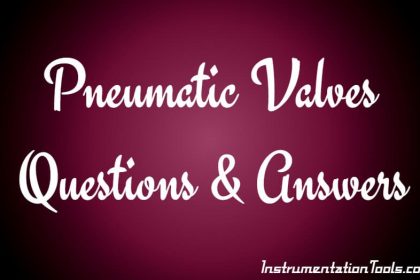
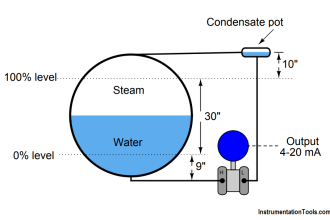
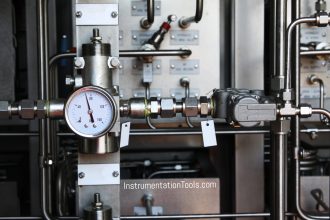
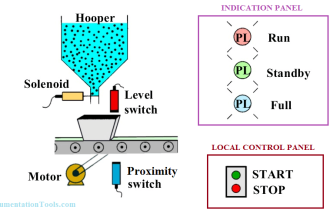

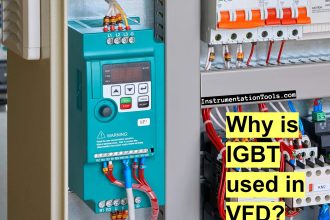
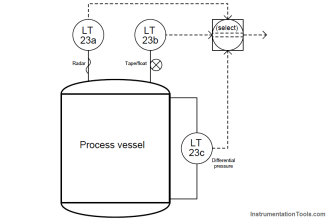
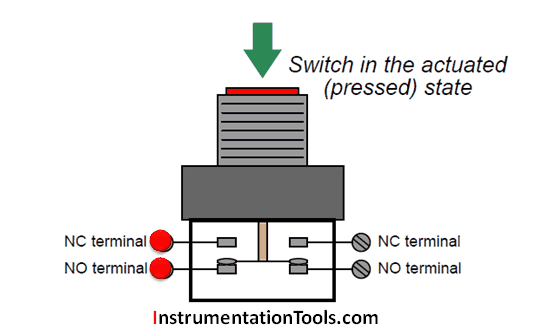

Really appreciate your work